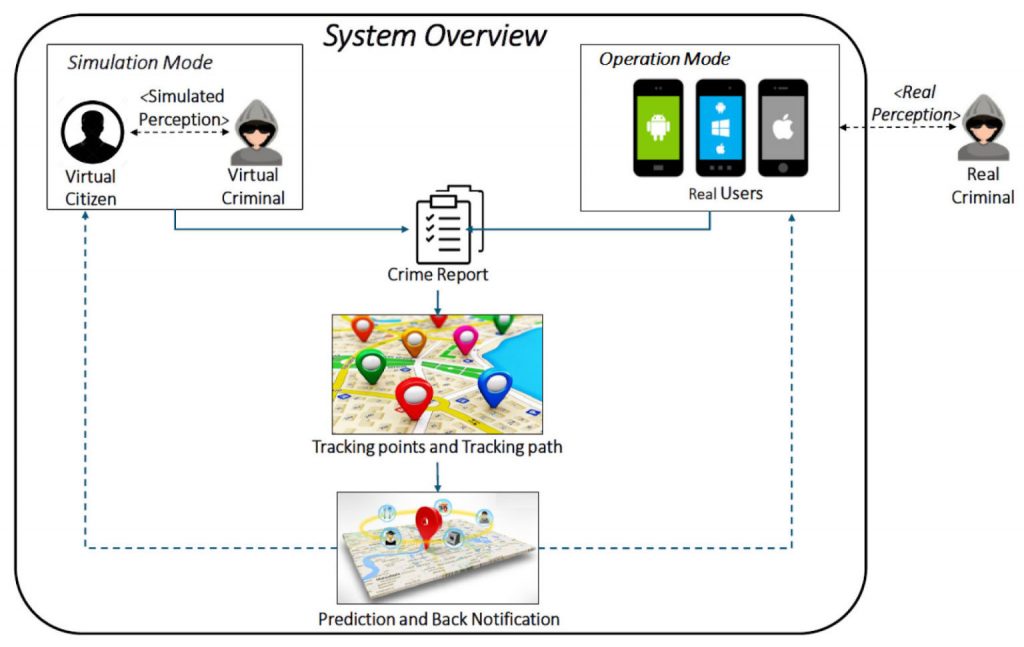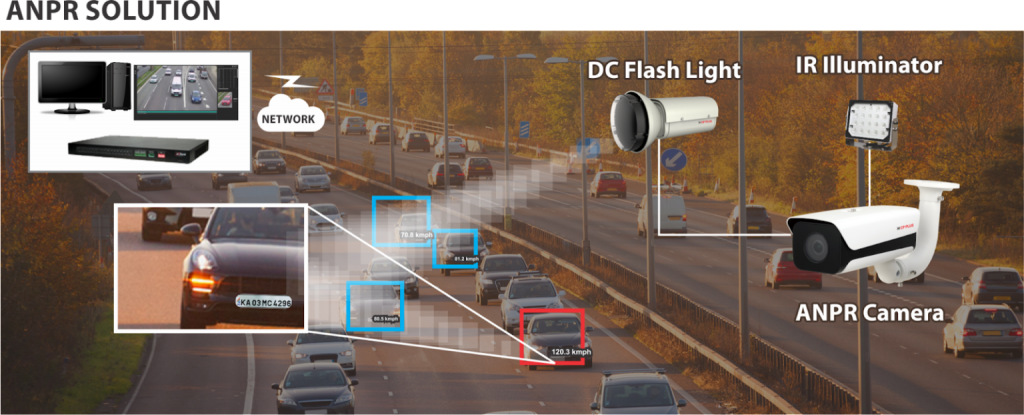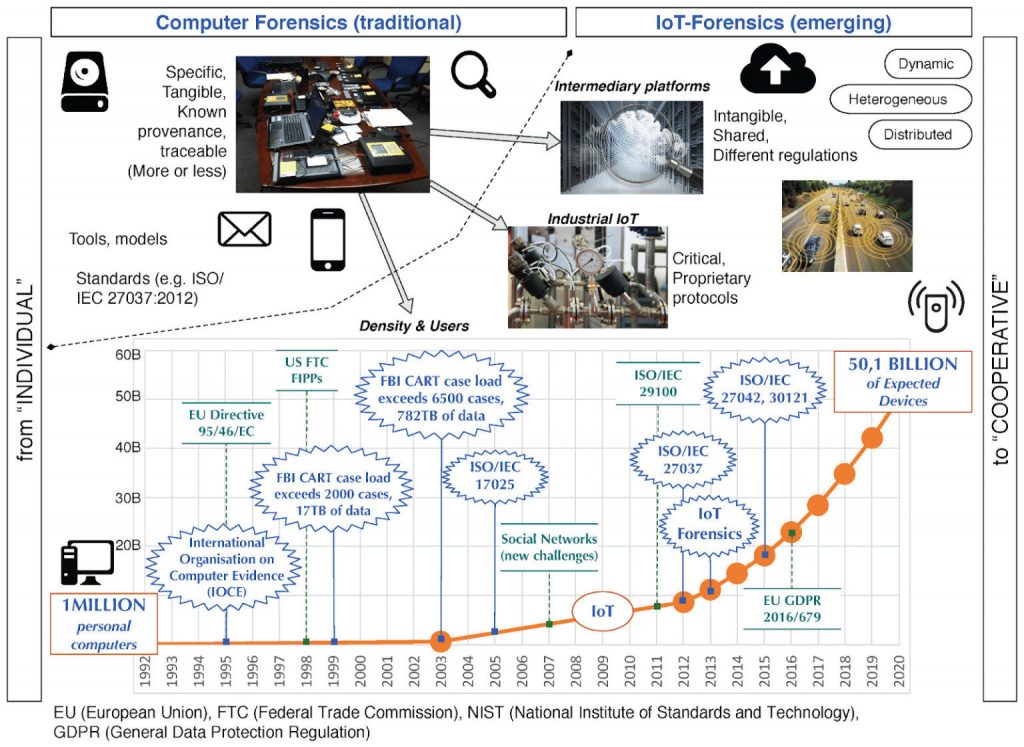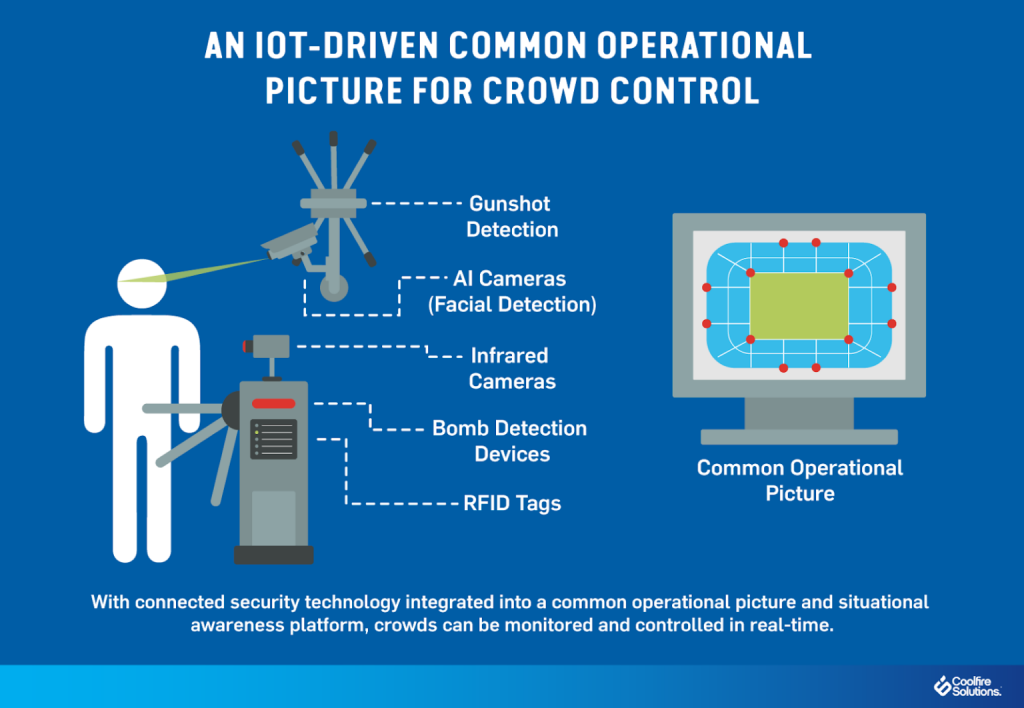The Future is Now: IoT’s Influence on Law Enforcement
The Future is Now: IoT’s Influence on Law Enforcement
14 June 2023
The field of equity and law requirements is quickly advancing, and with the advances in innovation, unused openings are emerging to move forward the proficiency and adequacy of equity handling. One such opportunity lies within the integration of Web of Things (IoT) innovations, which can mechanize different perspectives of the equity framework, driving streamlined forms, diminished costs, and improved outcomes. In this web journal, we’ll investigate how IoT can revolutionize equity handling and clear the way for a more proficient and legitimate framework.
Here are just a few of the ways IoT is transforming law enforcement:
Crime prevention: IoT devices can be used to monitor areas for suspicious activity. For example, cameras can be used to track people’s movements, and sensors can be used to detect unusual sounds or vibrations. This information can be used to identify potential crime hotspots and deploy law enforcement resources accordingly.


Traffic enforcement: IoT devices can be used to monitor traffic and identify violators. For example, speed cameras can be used to catch speeders, and red light cameras can be used to catch drivers who run red lights. This information can be used to improve traffic safety and reduce accidents.


Evidence collection: IoT devices can be used to collect evidence at crime scenes. For example, sensors can be used to detect fingerprints and DNA, and cameras can be used to record video and audio of the crime scene. This information can be used to help solve crimes and bring criminals to justice.


Public safety: IoT devices can be used to improve public safety in a variety of ways. For example, they can be used to monitor crowds for potential threats and to send alerts in the event of an emergency. This information can be used to keep people safe and prevent accidents.


IoT technology is still in its early stages, but it has the potential to revolutionize law enforcement. By using IoT devices, law enforcement agencies can improve crime prevention, traffic enforcement, evidence collection, and public safety. This will help make our communities safer and more secure.
Savvy Adjustments and Restoration
IoT can also play a crucial role in the adjustment and recovery space. Associated gadgets can be conveyed inside restorative offices to screen prisoner exercises, oversee access control, and upgrade security. Wearable gadgets equipped with area trackers can guarantee compliance with parole or house capture conditions, diminishing the requirement for physical supervision and making strides in proficiency.
Moreover, IoT innovations can encourage personalized restoration programs by observing and analyzing data related to an individual’s behavior, well-being, and progress. This information can help restorative officers and experts in fitting mediations, giving focus to the back, and diminishing the probability of reoffending. By leveraging IoT, the equity framework can move towards a more individualized and data-driven approach to adjustments and recovery.
IOT benefits for law enforcement
There are many benefits to using IoT technology for law enforcement. Some of the most important benefits include:
- Improved crime prevention: IoT devices can be used to monitor areas for suspicious activity, which can help to prevent crimes from happening in the first place.
- Increased efficiency: IoT devices can help law enforcement agencies be more efficient by automating tasks and providing real-time data.
- Enhanced public safety: IoT devices can help improve public safety by providing early warning of potential threats and by helping to coordinate emergency response.
- Reduced costs: IoT devices can help to reduce costs by automating tasks and by providing real-time data that can be used to make better decisions.
Challenges of Using IoT Technology for Law Enforcement
There are also some challenges to using IoT technology for law enforcement. Some of the most important challenges include:
- Data security: IoT devices collect a lot of data, and this data needs to be kept secure. If the data is compromised, it could be used by criminals to commit crimes or to harm law enforcement officers.
- Privacy: IoT devices collect data about people’s movements and activities, and this data could be used to violate people’s privacy. It is important to ensure that people’s privacy is protected when using IoT devices for law enforcement.
- Cost: IoT devices can be expensive, and it can be difficult to get funding for their purchase and use.
Conclusion
IoT technology has the potential to revolutionize law enforcement. By using IoT devices, law enforcement agencies can improve crime prevention, traffic enforcement, evidence collection, and public safety. This will help make our communities safer and more secure. However, there are also some challenges associated with using IoT technology for law enforcement, such as data security, privacy, and cost. It is important to address these challenges in order to ensure that IoT technology is used effectively and safely.


